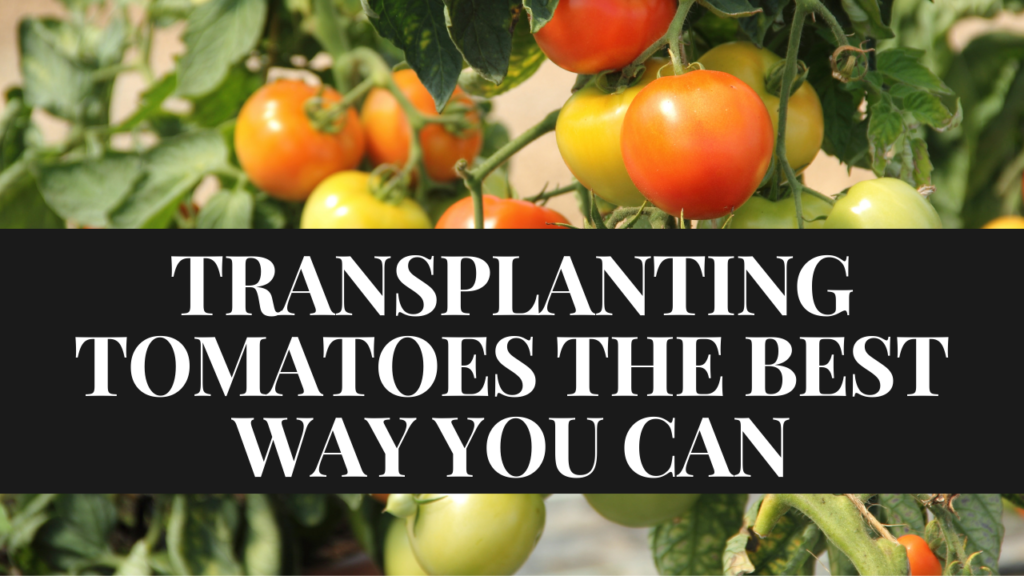Tomatoes are really cool. We cannot take that away from them. Imagine a crop being transformed into ketchup, sauces, and even as a colorful garnish. That’s tomato! It brings color and taste, and it obviously has the ability to power up every salad bowl you’ll ever have. From a scientific standpoint, tomatoes are flowering plants of the nightshade family (Solanaceae), widely cultivated for its culinary fruits.
Tomatoes, which are classified as a vegetable for nutritional purposes, are high in vitamin C and lycopene. This also gives tomato the right to be called a nutrient-dense superfood that assists a variety of biological systems. Notable enough, its nutritious content promotes healthy skin, weight loss, and even cardiovascular health!
What conditions do tomatoes thrive well?
Well, tomatoes thrive in well-drained soil that receives full sun (8-16 hours) for the majority of the day. The pH of the soil should be somewhat acidic (6.2 to 6.8). They grow best when the temperature ranges between 65 and 85℉ during the day. Considering this, you need to take note that they stop developing when the temperature rises over 95 degrees Fahrenheit. Also, the fruit will not turn red if nighttime temperatures exceed 85 degrees Fahrenheit.
How to transplant tomatoes?
Prepare the Ground.
If you’re planting in the ground, loosen the soil to make a great environment for the roots to grow in. For clay or sandy soils, add 3 to 4 inches of compost or other organic matter. This will make your soil more acidic. However, if you are growing in pots, fill the container with a high-quality potting mix. You can buy it online or at the nearest garden supply store. After this, dig a hole twice as deep as the plant’s height because you’ll be burying two-thirds of it.
Take the Seedling Out of the Growing Pot
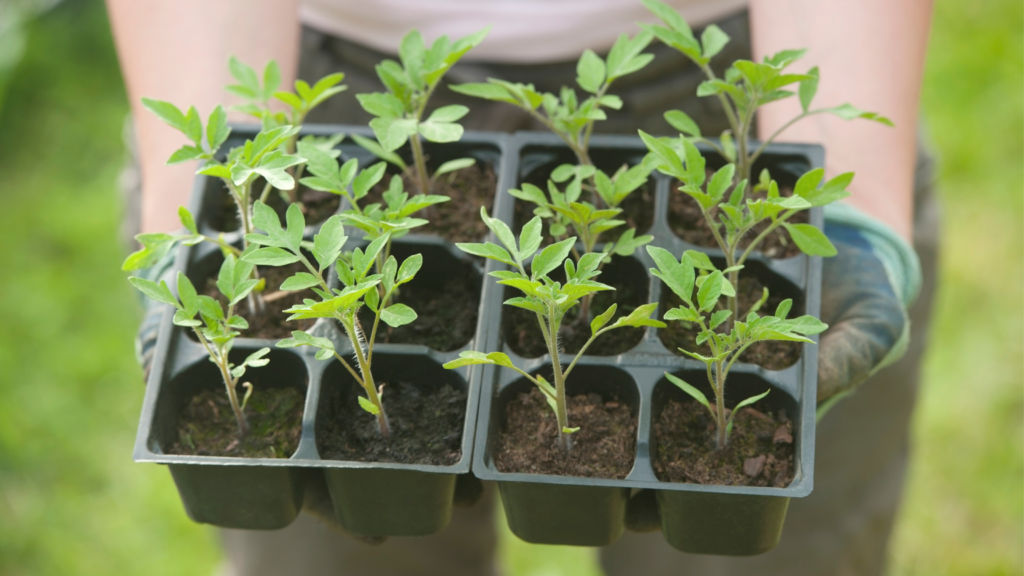
Remember to do this step carefully. After preparing the soil, remove the plant from the pot by holding it at the base, turning it upside down, and sliding it off.
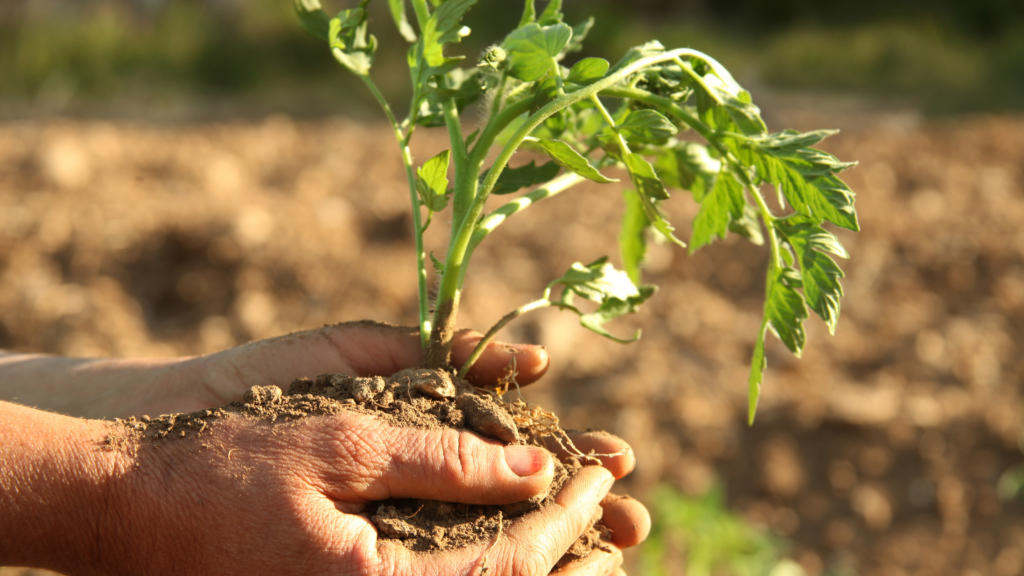
Plant the Tomato Seedling
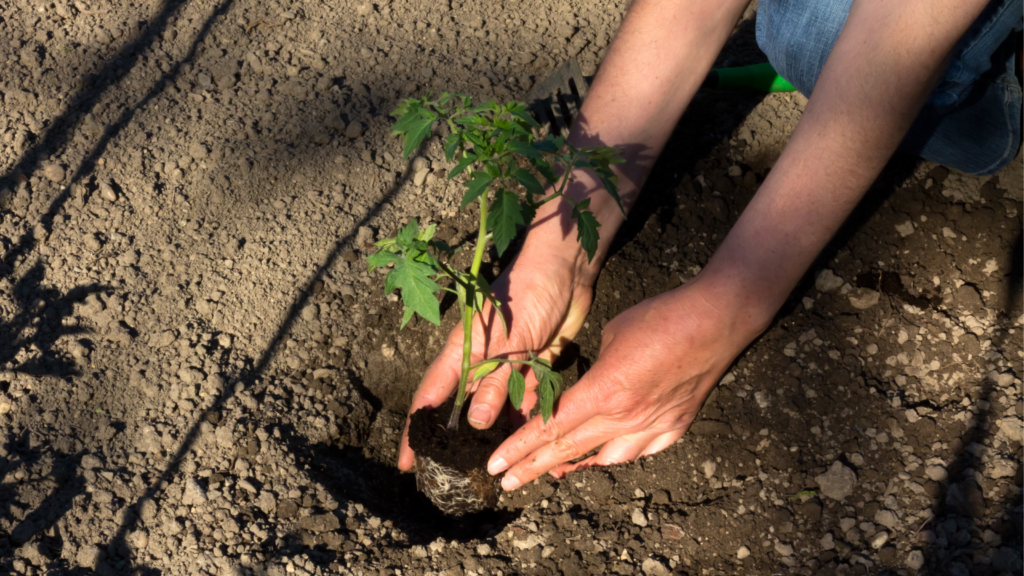
Place the plant in the hole. Remember that 2/3 of the tomato plant should be buried. It’s fine to lay the plant on its side, but tilt it so that the very top remains above ground. To build a stronger plant, roots will emerge all along the buried stem. If you like, you can pinch off the lowest leaves, although this is not required.
Fertilize
At this point, I know that you’ve done important work to ensure that you’re planting in a good soil, but there’s one more thing you should do for the best results: Mix fertilizer into the hole in the soil. You can also buy this at your local store in solid or liquid forms. After doing so, cover the hole with soil.
Water well
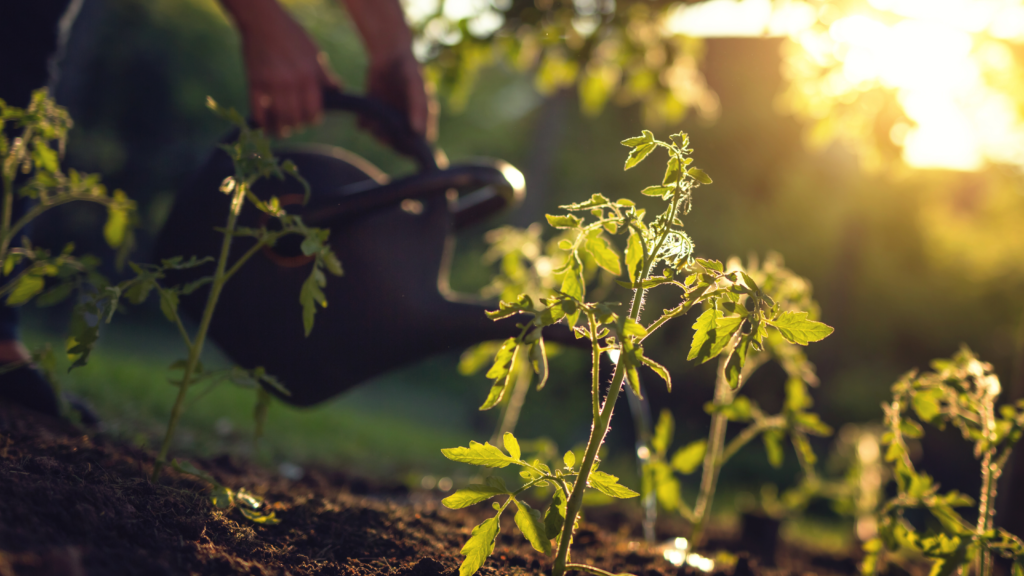
Remember to do this because water is needed by the plant for the soil to settle. Water will also strengthen your plant after receiving transplanting stress.
Mulch
Mulch the soil with pine needles, straw, chopped leaves, soil conditioner, or compost to keep moisture in the soil and weeds at bay. For successful weed control, mulch should be 2 to 3 inches deep. If you use a soaker hose, cover it completely with 2 to 3 inches of mulch.
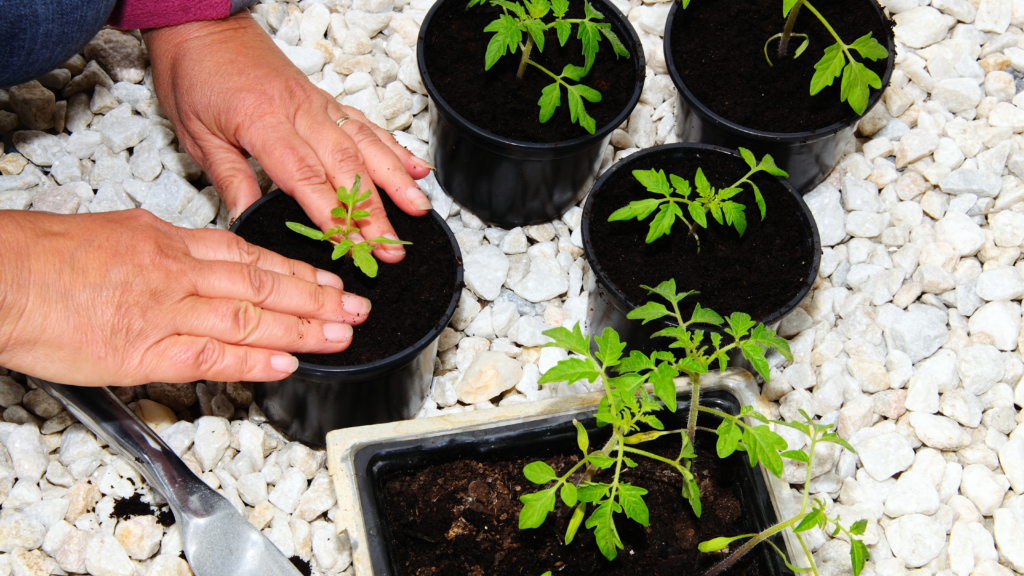
I hope that after reading this, you will have a solid guide to transplanting your tomatoes! Enjoy gardening!
If you are looking to start your garden, check out the links in the description for our recommended books and audiobooks.
Don’t forget to download the free ebook too.
Backyard Gardening Book (paperback)
Backyard Gardening Book (audiobook)
Urban Gardening Book (paperback)
Urban Gardening Book (audiobook)

